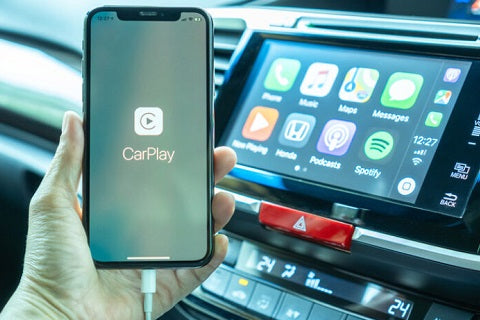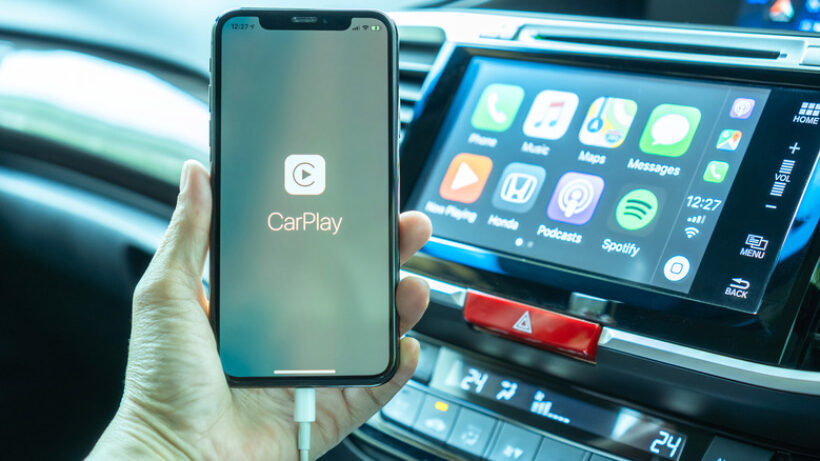
Modern Car Navigation Systems And Their Features(2)
Basically, there are six possible ways to enter a destination:
By street address (street number/street name/city/town/village/state, etc.);
By postal code;
By point of interest (POI);
By a previously entered destination point;
By selecting a point on the map;
By using a voice assistant (see below).
The problem with such map displays is that the more detail they contain, the more they distract the driver. For example, to enter a destination point, the driver should have to click through a complex menu several times before adding all the input data.

Voice assistance: pros and cons
Almost all automakers warn drivers not to use the entry option while driving. However, pulling over every time you need to change your destination can be very time-consuming and in many cases almost impossible.
As a result, there is a growing trend today to adopt voice-assisted technology. Many automakers utilize it to simplify the complexity of managing in-vehicle navigation, eliminate possible distractions, and completely replace touch-based destination input.
For example, Apple created the CarPlay standard that allows the integration of Siri, the famous iPhone personal voice assistant, with the car dashboard, replacing the embedded infotainment view with familiar smartphone icons. CarPlay integration is planned for the Toyota Avalon model in 2019, thus making voice recognition an embedded feature of the infotainment system.
Alternative versions of integrated voice assistants are Microsoft's Cortana, Google Voice and Amazon's Alexa, which can be easily integrated with the vehicle's APIs. Tesla's Model S and Model X offer the same kind of integration, and they utilize the voice potential of Google Home speakers and Google Assistant in smartphones. However, Hyundai and Nuance already offer in-vehicle voice recognition as well.
Voice-assisted solutions are being refined and improved in order to create a user-friendly experience. For example, the Nuance Dragon Drive incorporates next-generation technologies such as cloud-based services, voice biometrics, artificial intelligence, big data, machine learning, and natural language understanding into its conversational interface. This can improve the accuracy of user request presentation and the overall quality of voice support.
However, some studies still consider the safety of using voice assistants for navigation on the road as they are distracting and prone to misrecognize human speech.
Studies by neuroscientists have proven that it takes a while for a person to reorient themselves to the current situation on the road from their interaction with the aid. Furthermore, if you watch the added video, you'll notice that drivers can easily miss stop signs or get annoyed when an assistant tries to recognize their request and fails.
The issue remains quite controversial, as a person can get used to interacting with a voice assistant and learn how to refocus faster. Additionally, the arrival of digital assistants is expected to increase anyway, with digital assistants expected to outpace even human assistants by 2021.
